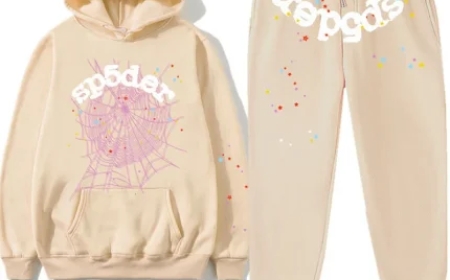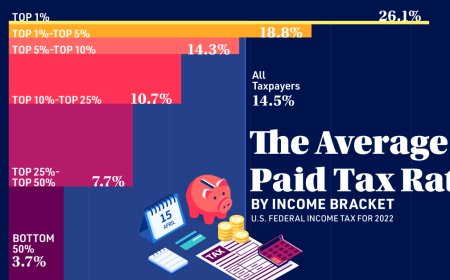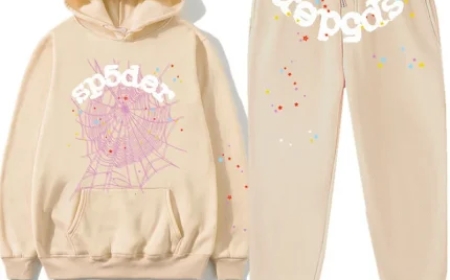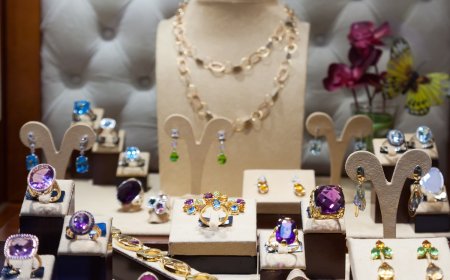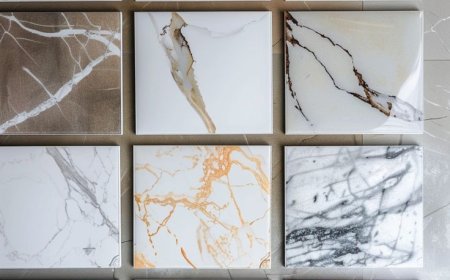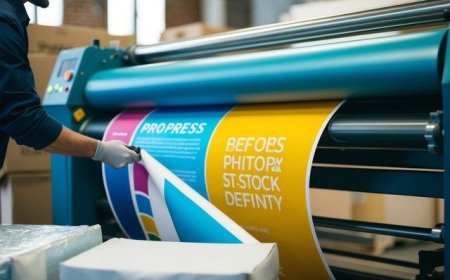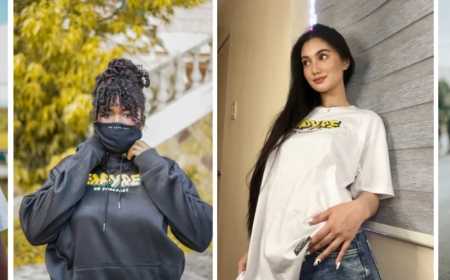$uicideboy$ Merchandise from Past Tours & Shows
Suicideboys Merch Official Store is your ultimate destination for bold streetwear. Discover premium Suicideboys hoodies, shirts, and jackets.

Every suicide boys merch tour leaves more than just echoes of bass and screamsit leaves behind a legacy of rare, emotionally charged merchandise. These arent just tees and hoodies; theyre relics from unforgettable nights, physical proof of shared pain and passion. For fans, past tour merch is more than a souvenirits a timestamp of survival, rebellion, and connection. Owning it means owning a piece of underground history.
Aesthetic That Evolved With the Sound
From their earliest club shows to their most recent arena tours, the evolution of $uicideboy$ tour merch mirrors their musical journey. Early designs were gritty, lo-fi, and hand-drawnan extension of their raw SoundCloud beginnings. As their sound matured, so did their visuals. Later drops included refined streetwear cuts, bold gothic graphics, and minimalist tones, reflecting the deepening emotional complexity of their records. The merch aged with the fans who wore it.
Limited Drops, Eternal Meaning
Tour merch is often exclusive to specific cities or tour dates, making every piece a limited edition. Once the show ends, the hoodie or tee you bought there becomes irreplaceable. Its a frozen momentone night, one song, one emotional release, forever stitched into fabric. Fans collect these pieces not just for rarity, but for memory. Its not about resale value; its about sentimental weight.
Iconic Collections and Must-Have Releases
Certain $uicideboy$ tours gave birth to merch lines that became instant fan treasures. The Kill Yourself tour featured dark, chaotic designs with bold death-themed graphics. The I Want to Die in New Orleans tour offered merch steeped in swampy southern grit and gothic decay. The Grey Day tour produced some of the most iconic hoodies, featuring crosses, skulls, and cryptic fonts. Each drop captured the emotional energy of its era.
City-Specific Designs That Told a Story
One of the most coveted categories of $uicideboy$ merch is the city-exclusive tee. These were only sold in specific tour stops and often included the name of the city, the venue, and a custom design. Fans from New York, LA, Atlanta, or Berlin each walked away with something uniquely theirs. These items tell two stories: the night of the show, and the place you called home when you saw them live.
Graphics That Echo the Lyrics
What sets $uicideboy$ tour merch apart is its lyrical resonance. Many pieces include lines from songs that fans hold closewhether its Kill me slow or You are now tuning into the tomb of the southerners. Wearing these words isnt fashionits confession. Its letting the world know youve lived those lyrics. Each shirt becomes a statement of everything you couldnt say out loud.
Merch as a Concert Ritual
Buying merch at a $uicideboy$ concert is more than a transactionits a ritual. The long lines, the anticipation, the anxiety over whether your size will sell outits part of the live experience. That moment when you put on your newly bought hoodie before the lights dim and the beat dropsthats electric. From then on, the merch becomes a talisman, reminding you of the moment you felt most alive.
Worn-In Emotion, Not Just Fabric
Unlike mass-produced items, past tour merch carries emotional wear. The shirt from your first show might have sweat stains, faded print, or a tear from when you pushed through the crowd. Those imperfections arent flawstheyre proof of experience. Fans dont seek perfect condition; they seek authenticity. Every mark is a memory, every fade a flashback.
Collecting as a Form of Tribute
For many die-hard fans, collecting past $uicideboy$ tour merch becomes a mission. Scouring resale platforms, joining fan groups, trading with othersits about piecing together a timeline of devotion. Some even frame their merch or store it like vinyl, preserving it as emotional artifacts. Its not about hoardingits about holding on to something that helped them get through the worst and celebrate the best.
Resale Culture and Hidden Gems
Because of its rarity, past $uicideboy$ merch has become hot property in the underground resale scene. Vintage concert tees, especially those from early tours, can fetch serious prices online. But within this market, theres also communityfans looking to pass pieces to others who truly value them. If you find a 2016 hoodie or a 2018 Grey Day exclusive, youre not just buying fashionyoure buying meaning.
DIY Additions and Fan Customization
Tour merch has also inspired creativity among fans. Many customize their piecescutting sleeves, distressing the fabric, or sewing on patches from multiple tours. These DIY edits reflect the punk, rebellious energy of $uicideboy$ and their audience. They make each item even more personal. It becomes less about wearing merch and more about making it your own.
Emotional Value Beyond the Show
Even after the concert is over, tour merch continues to speak. Its the hoodie you reach for on a bad mental health day. Its the shirt you wear when you need to feel connected. Its the piece you keep close when the world feels distant. Every design holds space for your darkness, your healing, your chaos, and your calm. Its wearable memory, woven with meaning.
From Underground to Culture Shift
What started as gritty DIY tour drops has now influenced fashion far beyond the g59 merch fan base. Their dark aesthetic, anti-glam visuals, and emotionally raw slogans have bled into streetwear and alternative fashion. But past tour merch remains pureuntouched by trend, grounded in fan connection. It was never made for the massesit was made for the misfits who showed up, sang loud, and left changed.
Conclusion: More Than Merch, Its Memory
$uicideboy$ merchandise from past tours and shows is more than gearits a collection of moments, moods, and milestones. Every piece is tied to a specific sound, a specific feeling, a specific version of you. Whether framed on your wall or folded in your drawer, its more than fabric. Its survival. Its identity. And for those who know the songs by heart and the pain behind the lyrics, its home.










